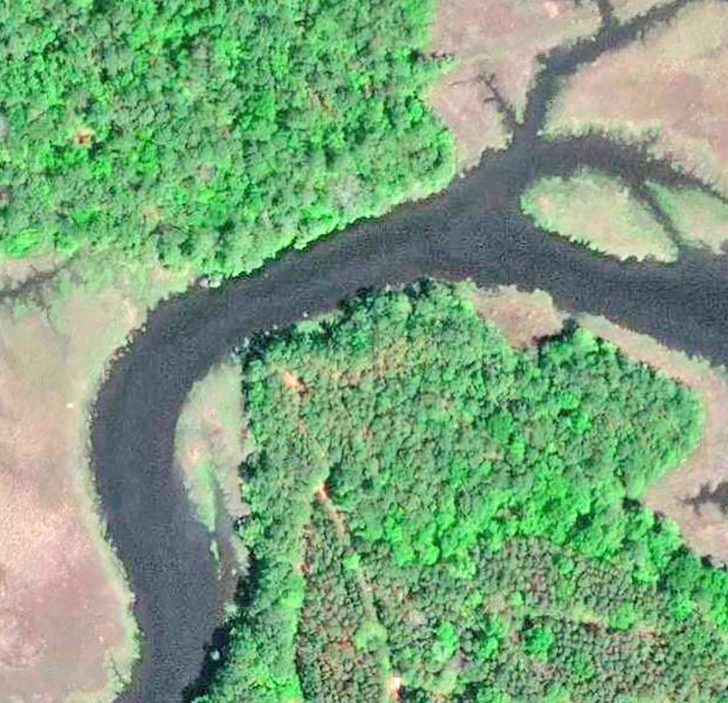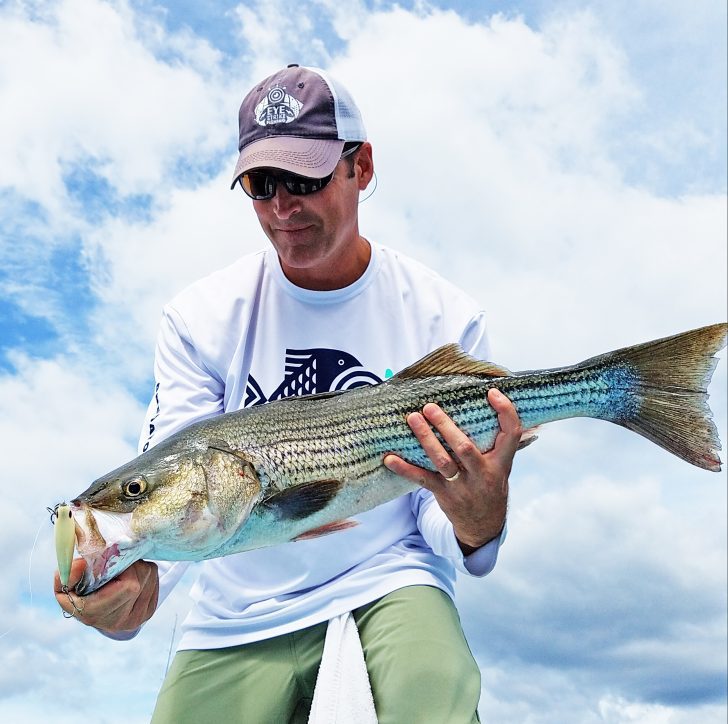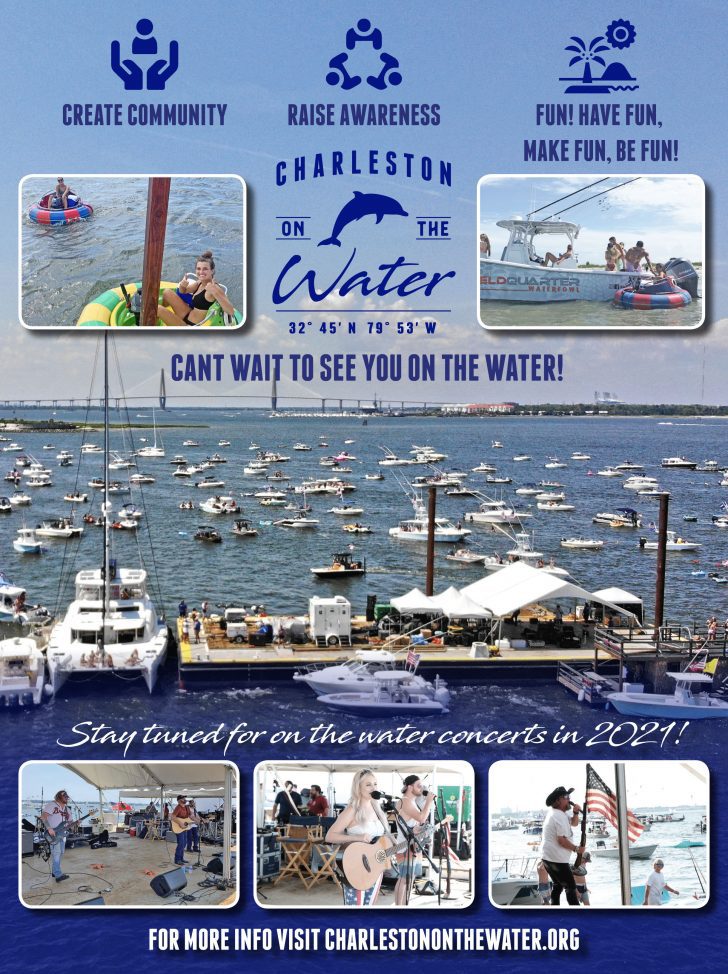September was a month of bounty for inshore fish. Bait fish of all shapes and sizes were easy-pickings as they mass-migrated out of the estuary and out to the ocean to warmer waters.
Now that the waters are cooling off, there is a lot less food around for the predators and they are starting to get panicky.
Its kind of like when the forecasters warn of a hurricane two thousand miles away and we’re in the cone.
Suddenly every grocery store is wiped out of hurricane snacks and water. Panic sets in and we are searching frantically for beer and corn chips.
When the clerk puts a flat of water on the shelf, we are elbowing each other out of the way for a chance to get it. And so it is with fish in the Fall.
If you present an artificial lure and make it look real, fish are going to pounce on it.
The cooler water tends to make inshore fish school up, and if you don’t know how to find them you can easily get skunked – find them, and you might catch one hundred plus.
This month, I’m going to help you find your own trout spots in general terms – something you can use to scout unfamiliar water and probably have some success.
One of the most valuable pieces of advice I’ve gotten came from one of my fishing heroes, Capt. Bob Sanders.
Capt. Bob is the father of the Trout Trick, an artificial lure that has become a household name among trout fishermen nationwide.
I am proud to call him a friend, and one day while fishing he explained a reliable formula for finding trout.
He advised me to find a hard-bottom flat that never goes dry at low tide, that is close to deep water.
This month, I’m going to help you find your own trout spots in general terms
Over the years, this formula when applied to different locations has proven to be accurate time and again. Do you have a good trout spot? Does it fit this description?
I bet at least some of your spots do.
A hard bottom is generally great habitat for inshore fish, because it provides a home for the beginning of the food chain.
How can we find hard bottom, even if the water is relatively deep? Here are several ways, ranging from primitive to high tech.
In the days before advanced sonar, they had to be creative. Bob told me Cherokee Indians used to tie a chain to a piece of rope and drift over an area.
By feeling how the chain dragged along the bottom they could feel if there was any structure on bottom.
Similarly, try fan casting a flat and letting the lure swim or hop along bottom. If there are shells or structure, you will get hung up periodically.
Another low-tech method is to drop anchor over an area. If you have trouble getting your anchor to hold, it’s probably a hard bottom.
Let’s assume you have a good echo sonar, as most people probably do these days. I’d bet that most people don’t utilize this great technology

at their fingertips to anywhere near its fullest extent.
For example, have you ever paid really close attention to what the bottom looks like when drifting over a flat with a known hard bottom, then done the same on a known soft, muddy bottom?
You will notice a distinct difference in color and appearance for soft vs hard.
If you pay close attention, you can get a great understanding of the bottom condition in an entirely new area by simply glancing at the screen, and not just the big number showing the depth.
Lastly, if you have the latest side scan technology, you really don’t need to do anything other than look at your screen, as bottom structure is quite apparent on a side scan image.
There are other strong clues to a hard bottom. Have you ever paid attention to the bank while running down a creek?
Banks that are adjacent marsh grass indicate muddy and likely smooth bottom nearby. Banks with nearby trees indicate hard bottom.
Trees can’t grow unless there is hard soil or sand. Their roots also may provide underwater structure.
My business partner Ralph really opened my eyes to be able to “read” the banks to predict the underwater structure.
We would round a bend in a creek and his instruction would usually go something like this: Ralph:
“What do you notice here?” Me: “Uuuuuh” Ralph: “See that old roadbed going through the marsh, right up to the bank?” Me: “Ooooohhh!”
Take a look around, and you will start to see things in a different light.
The presence of coral usually indicates a good spot. In Charleston, you will recognize the stuff if you have ever reeled in a spindly yellow plant when retrieving your line.
These are usually found closer to the coast and provide great trout habitat.
Further inshore toward brackish water, the presence of garfish breaking the surface sometimes indicates a good fishing hole.
Once you know what do look for, both above and below the water, you will find that good “spots” are literally everywhere
It seems that garfish often feed on the same things as game fish. Once you’ve found yourself one or more likely good spots based on the formula and bottom structure, remember that cooler water makes fish start to school.
Work the area thoroughly because you may find them bunched up on a relatively small spot. If you don’t have luck on a likely spot, don’t give up on it.
Come back on other tides and weather conditions and I’d be willing to bet that eventually the fish will be there.
Once you know what do look for, both above and below the water, you will find that good “spots” are literally everywhere, and not necessarily in community holes.

Now that you got yourself a productive spot, the next thing you need to do is master the “sky” or “boat” background when taking your catch pictures, unless you like company, because the first thing fishermen do when looking at your trophy catch pic is not the fish, but the background!
Happy scouting!
David Fladd
Partner, Eye Strike Fishing
dfladd@eyestrikefishing.com
eyestrikefishing.com
YOU CAN COMMENT ON THIS ARTICLE BELOW!
You may also enjoy reading Becoming A Puppeteer Fisherman





